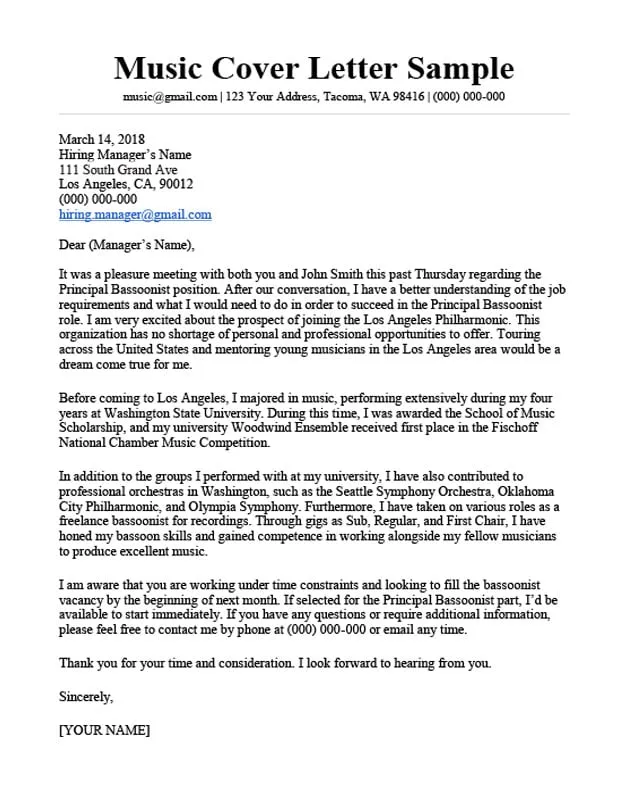Cover Letter Basics for Success
A cover letter is your first impression, a crucial tool in your job search arsenal. It’s your chance to introduce yourself, showcase your skills, and express your enthusiasm for a specific role. Unlike a resume, a cover letter allows you to tell a story, connecting your experiences to the job requirements and demonstrating why you’re the perfect fit. Mastering the art of cover letter writing is a significant step towards landing your dream job. It’s more than just a formality; it is your personal sales pitch, your opportunity to captivate the hiring manager and secure an interview. By understanding the foundational elements of a compelling cover letter, you can significantly boost your chances of getting noticed and making a positive impact. (Image cover-letter-basics.webp)
Understanding the Purpose of a Cover Letter
The primary purpose of a cover letter is to highlight your relevant skills and experience, demonstrating how you align with the specific job requirements. It provides context to your resume, allowing you to elaborate on your accomplishments and explain any career transitions or gaps. Your cover letter allows you to personalize your application, showing the hiring manager that you’ve taken the time to understand the company and the role. It is also your opportunity to express genuine interest in the position and the company. Furthermore, it should clarify your career goals and how this opportunity fits into your long-term plans. It helps you stand out from the competition by demonstrating your unique value proposition and the specific contributions you can make to the organization. Always remember that the goal of your cover letter is to persuade the reader to invite you for an interview.
Why a Cover Letter is Essential
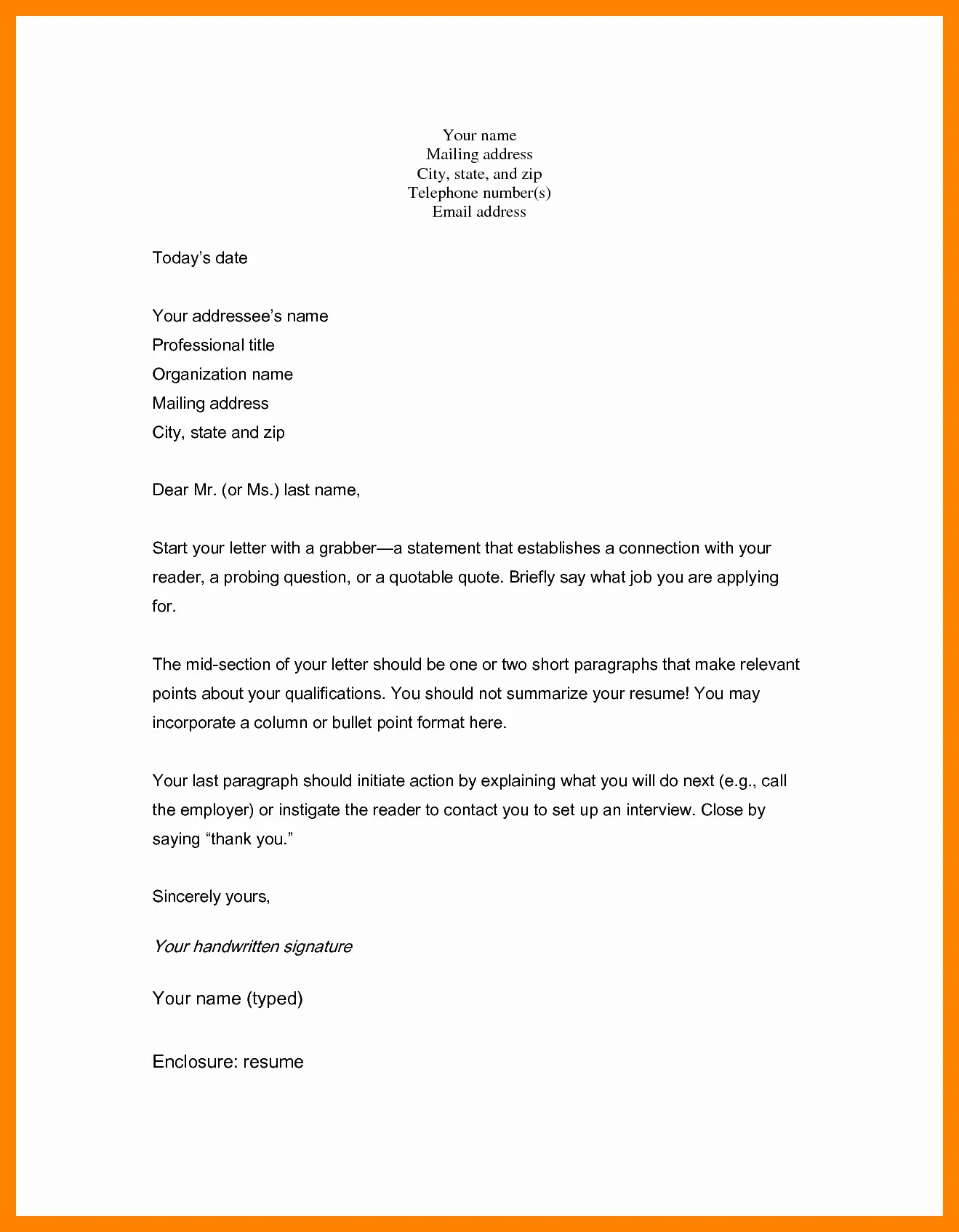
In today’s competitive job market, a well-crafted cover letter is more critical than ever. Many hiring managers still consider a cover letter a mandatory part of the application process, and neglecting this step can immediately disqualify you. It allows you to tailor your application to each specific job, demonstrating your genuine interest and providing a focused narrative that the resume alone cannot convey. It’s your chance to address the specific requirements of the role and highlight the skills and experiences most relevant to the position. Furthermore, a strong cover letter showcases your writing and communication skills, which are highly valued in most professional environments. It can also help you overcome potential weaknesses in your resume, such as gaps in employment or career changes. By providing a compelling and personalized story, a cover letter increases your chances of getting noticed and securing an interview, thus giving you a chance to further demonstrate your value.
Key Components of a Cover Letter
A well-structured cover letter should include several key components. These elements work together to present a cohesive and persuasive argument for why you’re the right candidate for the job. A clear and concise cover letter is more likely to capture the reader’s attention and create a positive impression. Each part plays a specific role in conveying your qualifications, enthusiasm, and suitability for the role. Therefore, understanding these core elements ensures you can create a cover letter that effectively sells your skills and experiences. (Image cover-letter-components.webp)
Header and Contact Information
Start your cover letter with a professional header that includes your name, address, phone number, and email. Ensure the header matches the one on your resume, creating a consistent brand. This ensures the recruiter can easily contact you and provides a clean, professional look. Following your contact information, include the date and the employer’s contact information, if available. If you know the hiring manager’s name, include it; otherwise, use a general greeting like “Dear Hiring Manager.” Always double-check all the details to ensure accuracy, as even minor errors can undermine your credibility. A well-formatted header sets a professional tone and facilitates easy communication. (Image cover-letter-header.webp)
Writing the Opening Paragraph
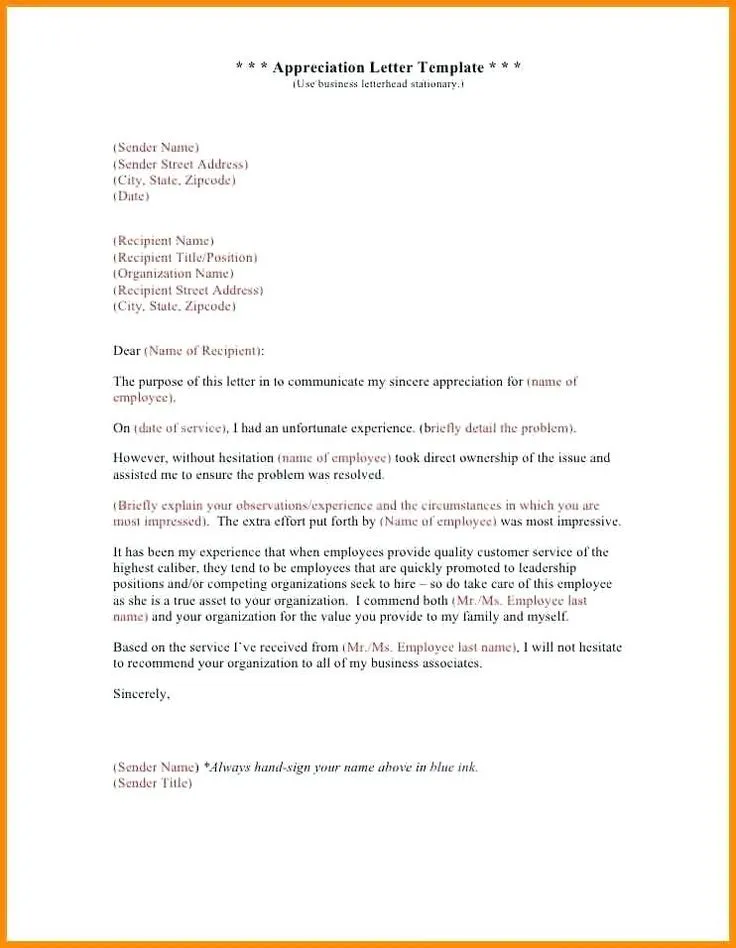
The opening paragraph is your first chance to grab the reader’s attention. State the position you’re applying for and where you found the job listing. Briefly mention why you’re interested in the role and the company. Make a strong opening statement that immediately captures the reader’s interest and makes them want to learn more about you. It could highlight a key skill, your passion for the industry, or a relevant achievement. Avoid generic phrases like “I am writing to express my interest.” Instead, be direct and enthusiastic. Your opening paragraph is your hook, so make it engaging and relevant to the job.
Body Paragraphs Highlighting Skills
The body paragraphs are where you demonstrate your qualifications, highlighting relevant skills and experiences. Provide specific examples of your achievements and how they align with the job requirements. Use action verbs to describe your accomplishments and quantify your results whenever possible. Tailor your content to each specific job, ensuring your most relevant skills and experiences are prominently featured. Connect your skills and experiences to the employer’s needs, explaining how you can contribute to their success. Structure your paragraphs logically, focusing on clarity and conciseness to make it easy for the reader to understand your value. These are the crucial paragraphs that showcase your suitability for the role. (Image cover-letter-body.webp)
Tailoring Your Cover Letter to the Job
Tailoring your cover letter to each job is crucial. Review the job description carefully and identify the key skills and experiences the employer is seeking. Align your cover letter with these requirements, highlighting the relevant aspects of your background. Avoid using a generic cover letter; instead, customize it to address the specific needs of the role and the company. Research the company to understand its values, mission, and recent projects. This demonstrates your genuine interest and allows you to highlight how your skills and experience align with the company’s goals. Personalize your letter by mentioning specific projects, initiatives, or values that resonate with you.
Showcasing Your Achievements
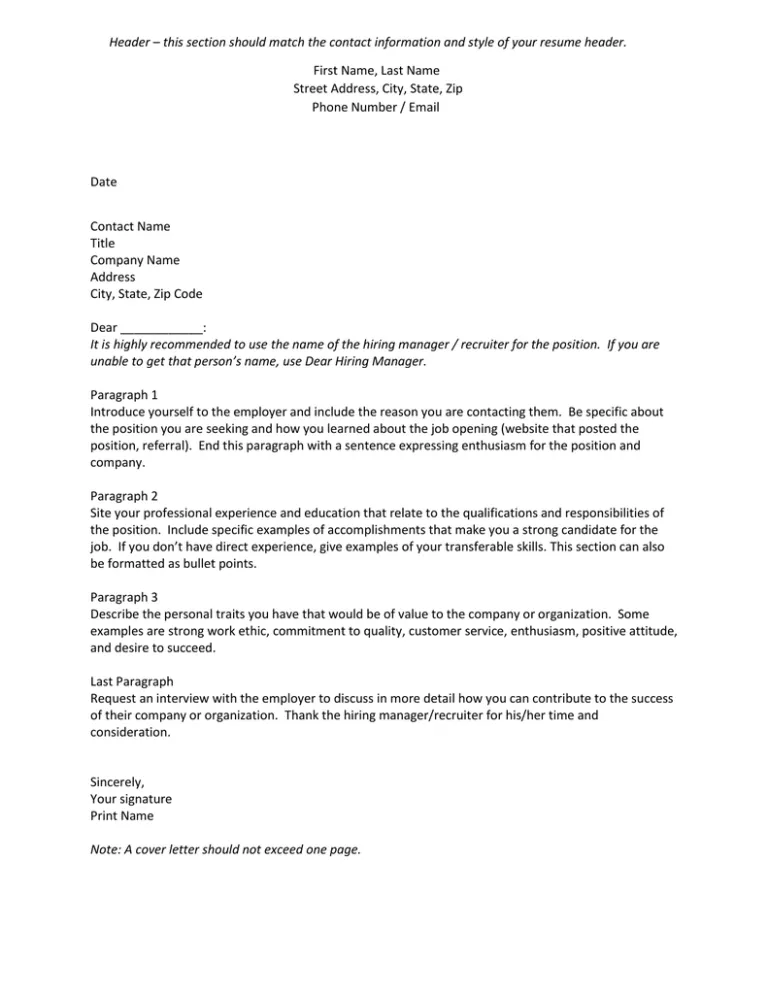
Focus on showcasing your achievements. Instead of simply listing your responsibilities, use the STAR method (Situation, Task, Action, Result) to demonstrate your impact. Describe the situation, the task you faced, the actions you took, and the positive results you achieved. This approach allows you to provide specific examples that highlight your skills and quantify your accomplishments. By demonstrating the tangible benefits you brought to previous employers, you build credibility and show the potential value you could bring to the new role. Use metrics to quantify your achievements whenever possible, like “increased sales by 15%” or “reduced costs by 10%.” This adds weight to your claims and makes your accomplishments more impactful.
Crafting a Strong Closing
The closing paragraph should reiterate your interest in the position and thank the hiring manager for their time and consideration. Express your eagerness to learn more about the opportunity and your availability for an interview. Reiterate your key skills and qualifications one last time, reinforcing your suitability for the role. Keep it concise and professional. Avoid generic phrases like “Thank you for your time” and instead express a genuine interest in the next steps. Include a call to action, inviting the hiring manager to contact you. Conclude with a professional closing, such as “Sincerely” or “Best regards,” followed by your name.
Formatting and Style
The format and style of your cover letter significantly impact its readability and overall impression. A well-formatted and stylish cover letter is more likely to grab attention and convey professionalism. It ensures your letter is easy to read and visually appealing. Paying attention to these details shows that you care about the details and the impression you are making. (Image cover-letter-formatting.webp)
Choosing the Right Font and Size
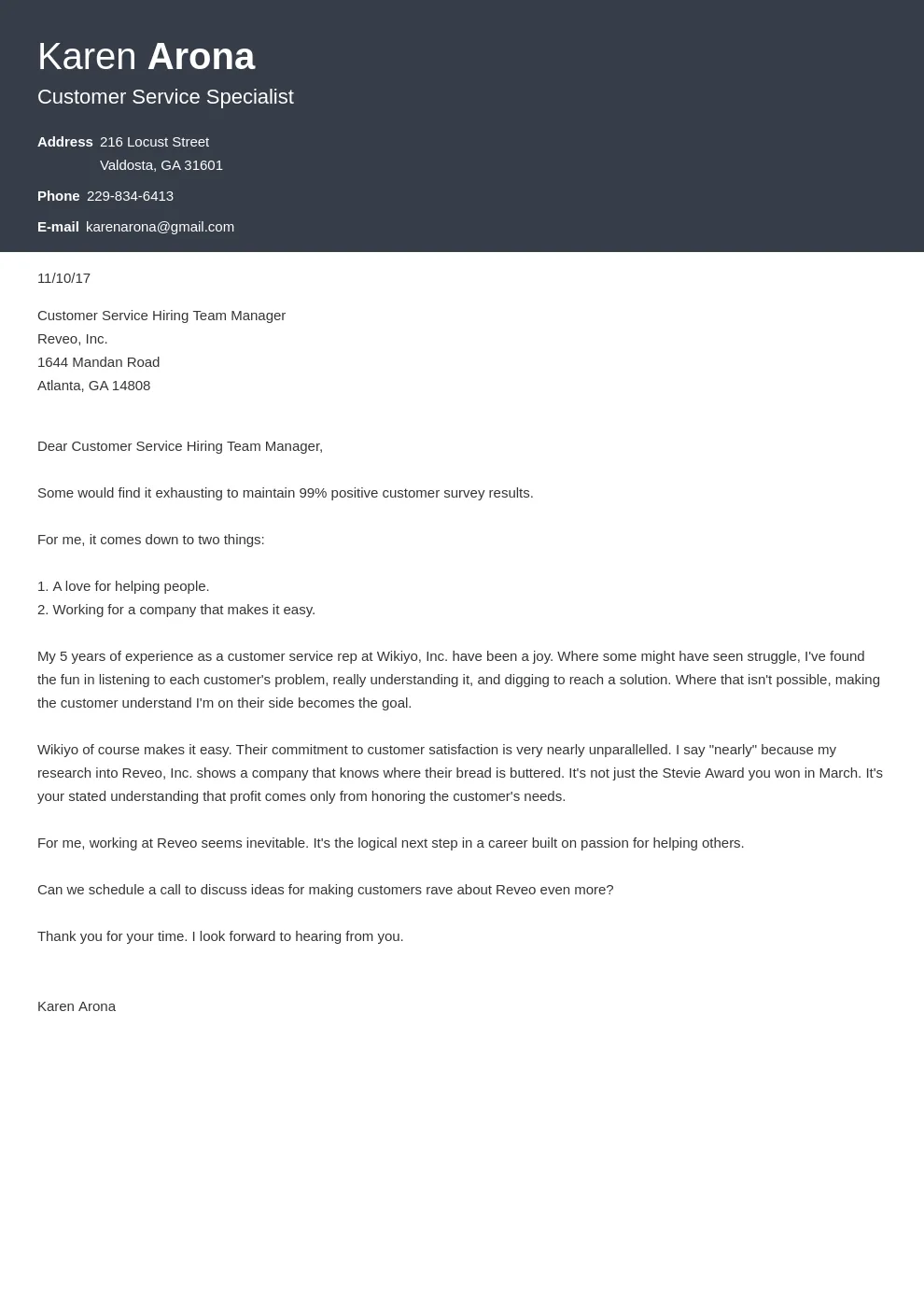
Select a professional and readable font, such as Times New Roman, Arial, or Calibri. Keep the font size between 10 and 12 points for optimal readability. Maintain consistency throughout the document. Avoid using overly ornate or casual fonts, as they can appear unprofessional. Ensure your font choice is easy on the eyes and doesn’t distract from the content. Proper font selection and size contribute to a polished and professional appearance.
Maintaining a Professional Tone
Maintain a professional tone throughout your cover letter. Use formal language and avoid slang, contractions, or informal expressions. Proofread carefully for any typos or grammatical errors. Be direct and concise in your writing style. Show respect for the reader. Reflect your serious and professional attitude towards the job and the company. The professional tone indicates your ability to communicate professionally.
Proofreading and Editing
Always proofread your cover letter meticulously before submitting it. Check for grammatical errors, typos, and inconsistencies. Read your cover letter aloud to catch any awkward phrasing or flow issues. Ask a friend or career counselor to review your letter for feedback. Proofreading and editing is essential to ensure accuracy. A polished cover letter demonstrates your attention to detail and commitment to quality. Make sure that all your information is correct and the message is clear.
Handling ‘No Contact Name’ Situations
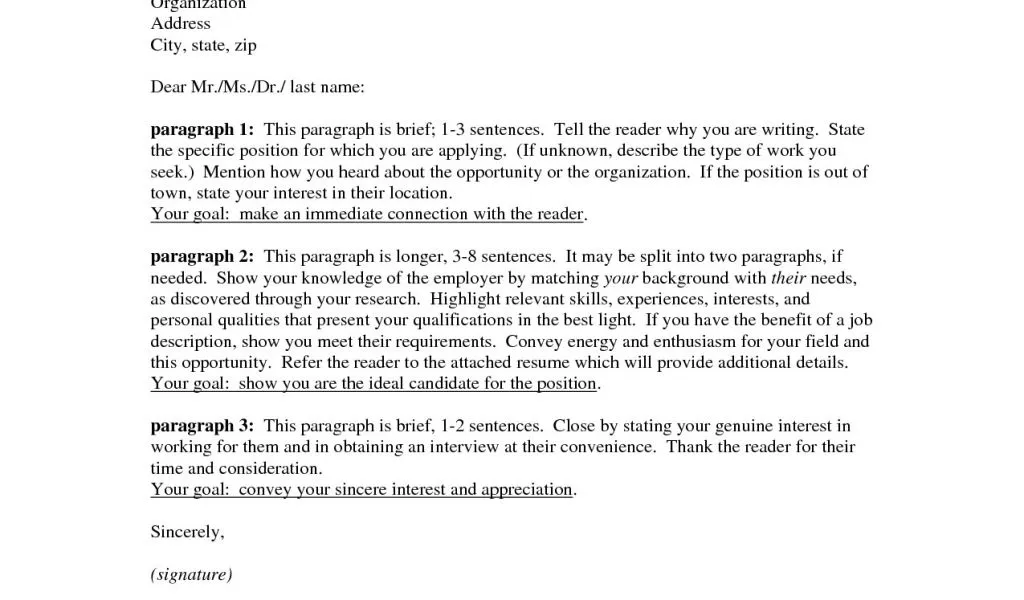
It’s common to encounter situations where you don’t have the hiring manager’s name. Here are several ways to address your cover letter without a specific contact name. This helps you maintain professionalism and show your interest in the role. (Image cover-letter-no-contact.webp)
Addressing the Letter
If you do not know the hiring manager’s name, use a professional greeting. Use “Dear Hiring Manager” or “Dear [Company Name] Hiring Team.” These options are professional and appropriate when a specific name isn’t available. Ensure your greeting is respectful and appropriate for the context. It’s always better to err on the side of formality and politeness.
Alternative Salutations
Consider alternatives to “Dear Hiring Manager.” If the job posting specifies a department, you can address the letter to the department (e.g., “Dear Human Resources Department”). Use “To Whom It May Concern” only if you cannot find any other information. While it is acceptable, try to use more specific greetings if possible. If there is a recruiter’s name on the job posting, always use it.
Finding Contact Information
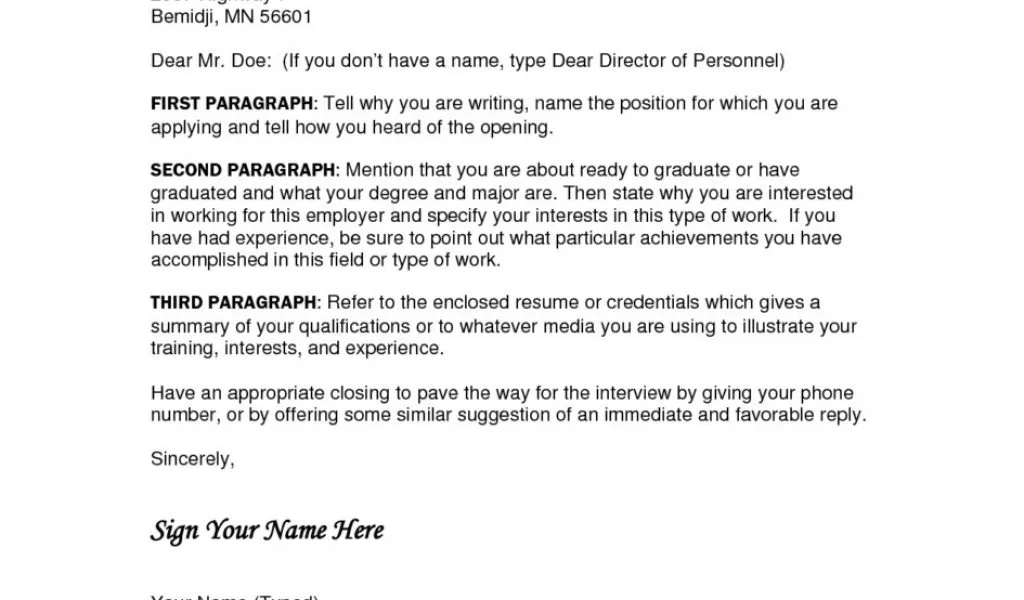
Before resorting to general greetings, try to find the hiring manager’s name. Check the company’s website for the contact details of the hiring manager or HR department. Search on LinkedIn to identify the hiring manager or someone in HR. Look at the job posting again to see if any contact information is provided. Sometimes, you can find the hiring manager’s email address. If you can’t find a name, use a general greeting, but make every effort to find the correct contact information first.
Tips for Effective Cover Letter Writing
Writing a compelling cover letter involves more than just listing your qualifications. It requires strategic thinking, careful planning, and attention to detail. These tips will help you craft a cover letter that impresses potential employers and increases your chances of landing an interview. (Image cover-letter-tips.webp)
Highlighting Relevant Skills and Experience
Carefully review the job description and identify the key skills and experiences required for the position. Focus on the most relevant aspects of your background. Provide specific examples of how you have demonstrated these skills and achieved results in the past. Tailor your cover letter to match the job description. Emphasize the value that you can bring to the role. The more directly your skills and experience align with the job requirements, the more impactful your cover letter will be.
Demonstrating Enthusiasm and Interest
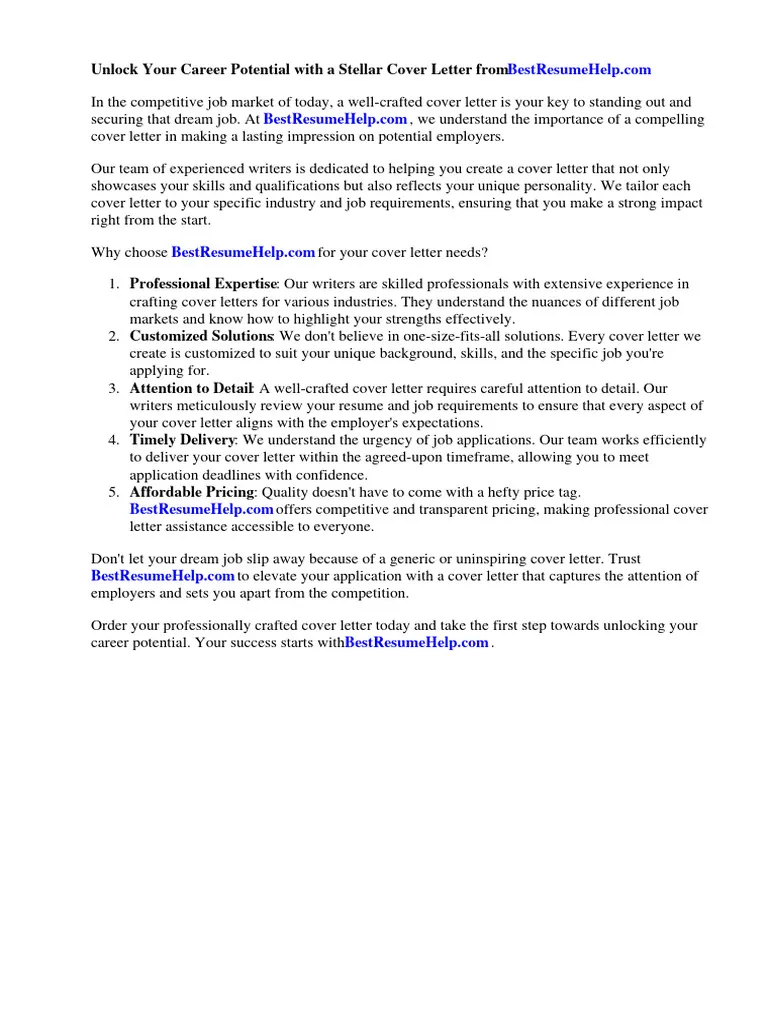
Express your genuine enthusiasm for the role and the company. Show that you have researched the company and understand their values and mission. Explain why you’re interested in this specific opportunity and what attracts you to the role. Be specific. Show your interest and make it obvious that you are genuinely interested. Mentioning specific projects, initiatives, or values that resonate with you shows that you have invested the time to learn about the company. This demonstrates your commitment and increases your chances of being noticed by a hiring manager.
Using Action Verbs
Use strong action verbs to describe your accomplishments. Action verbs make your writing more dynamic and engaging. Start sentences with powerful verbs such as “managed,” “led,” “achieved,” “developed,” “implemented,” or “increased.” Quantify your achievements whenever possible to demonstrate the impact of your work. These verbs help to paint a vivid picture of your experience and achievements. Avoid using passive language. It’s important to choose the right words to convey your skills and accomplishments effectively.
Common Cover Letter Mistakes
Avoid common cover letter mistakes to ensure your application stands out for the right reasons. These errors can undermine your credibility and diminish your chances of landing an interview. (Image cover-letter-mistakes.webp)
Typos and Grammatical Errors
Carefully proofread your cover letter to catch any typos or grammatical errors. These mistakes can give the impression that you are careless or inattentive to detail. Use spell-check and grammar-check tools, but don’t rely on them entirely. Ask a friend or family member to review your cover letter for you. Proofreading is important. Accuracy shows professionalism.
Generic Cover Letters
Avoid using a generic cover letter that could be sent to any company or position. Customize your cover letter to each specific job and company. Research the company and tailor your letter to align with their specific needs and values. A generic cover letter tells the employer that you’re not truly interested in the position. Always tailor your letter to the specific job.
Overly Formal or Informal Language
Maintain a professional tone. Avoid using overly formal or informal language. The language used should be clear, concise, and professional. Use contractions and informal language. The tone should be appropriate for the workplace. Ensure the language is respectful and appropriate. Using the right tone is crucial.
